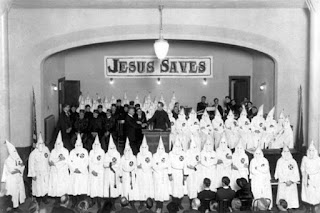Thanks to the Staff – Sue-Ann, Judith, Hayes, Jennifer, Kathy, Scott, Norm, Jeremy, and Alex, to name a few – who worked tirelessly in helping us to prepare, host, and carry out a very successful meeting of the Presbytery of Los Ranchos. Seriously, there is a huge investment of time, improvisation, and last minute hand-holding that it takes to pull of a meeting, the agenda for which was 156 pages long.
Thanks to Shelby Lott, whom many of you do not know, as well as Henry and Deborah Mayhew, the Facilities Commission, and the Session for bringing our hearts, minds, efforts, and money together to install a projection system that is powerful enough to allow our generous amounts of ambient light that we love so much in our sanctuary, and still project images and text on the screen legibly. I’ll write more about our new projection system next week, but for now lots of thanks to the folks who helped to get it done in time, because projection is very important during a presbytery meeting.
Thanks to so, so many volunteers, who showed up to set up, welcome, host, feed, direct, and clean up for the 177 presbyters who were signed up to attend the meeting. The food for dinner was catered by Homegirl Cafe and was marvelous, while so many St. Mark helpers made it go well.
And, finally, thanks to those of you who give St. Mark its life and character. I cannot tell you how many times people come up to me at presbytery gatherings and say, “Your church does so much for our community,” or “You all seem to be good at everything that you do,” and of course, “Your campus and sanctuary are so beautiful.” What that tells me is that St. Mark members past and present have been faithfully listening to God’s direction and boldly following it.
Thanks, y’all.
Last night Father Boyle, Enrique, and Ricardo have us gifts of compassion and wisdom. Father Boyle’s humble, witty, and theologically profound presentation of what God is doing through Homeboy Industries and Homegirl Cafe was the right blend of realism and hopefulness. I loved how he took a misspoken phrase, “God is Exhausted,” and let it guide his reflection on how tiresome many of our expectations about God must be to a God who simply greets us with a delighted, “You’re here!” He also said something that many of us need to hear: When we go “to the margins” it is not to help, but to connect in a way that we are helped. It is not to transform, but to make community with those whose lives can transform us. What a beautiful way to affirm our call to be activists, to advocate, to practice hospitality, to visit the sick, to stand in solidarity with the refugee – to do all of those things that St. Mark has been known for doing over the years. And yet, to frame that work in humility, to disabuse us when we imagine that we are doing the world, or God, a favor with our activity. In truth, we are being transformed in this work powerfully and beautifully.
The presentations by Father Boyle, Enrique, and Ricardo will be posted on the presbytery’s web site when it is ready and we’ll make it accessible on our web site as well. All in all, it was a marvelous day of hard work, delight, and a refreshing experience of God’s joy. Thanks to all of you who made it possible.
Finally: Last week we had Nic’s graduation party, during which we handed out a puzzle about him that his brother Mickey put together. If you’d like to see the puzzle with the answers, click here.
Mark of St. Mark


